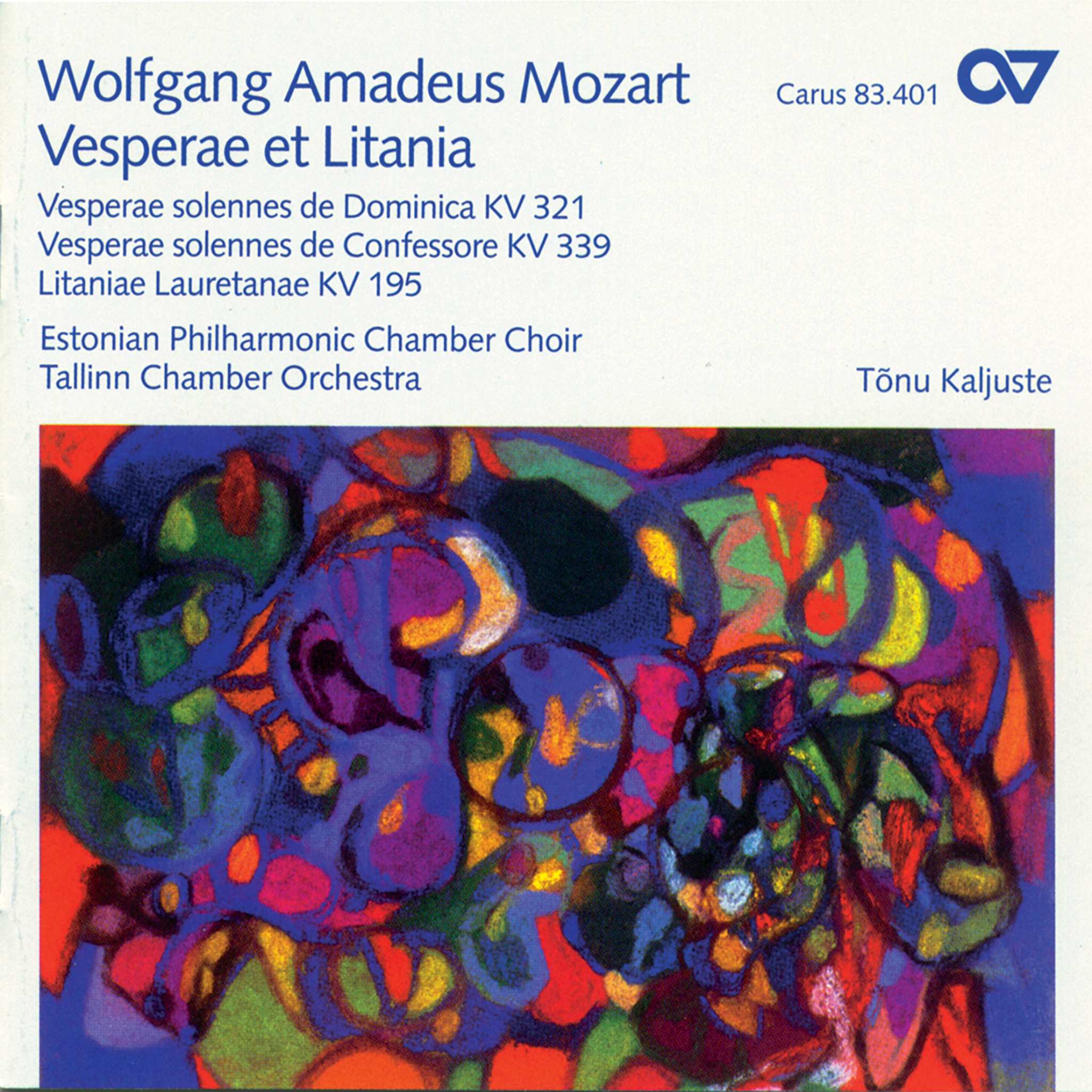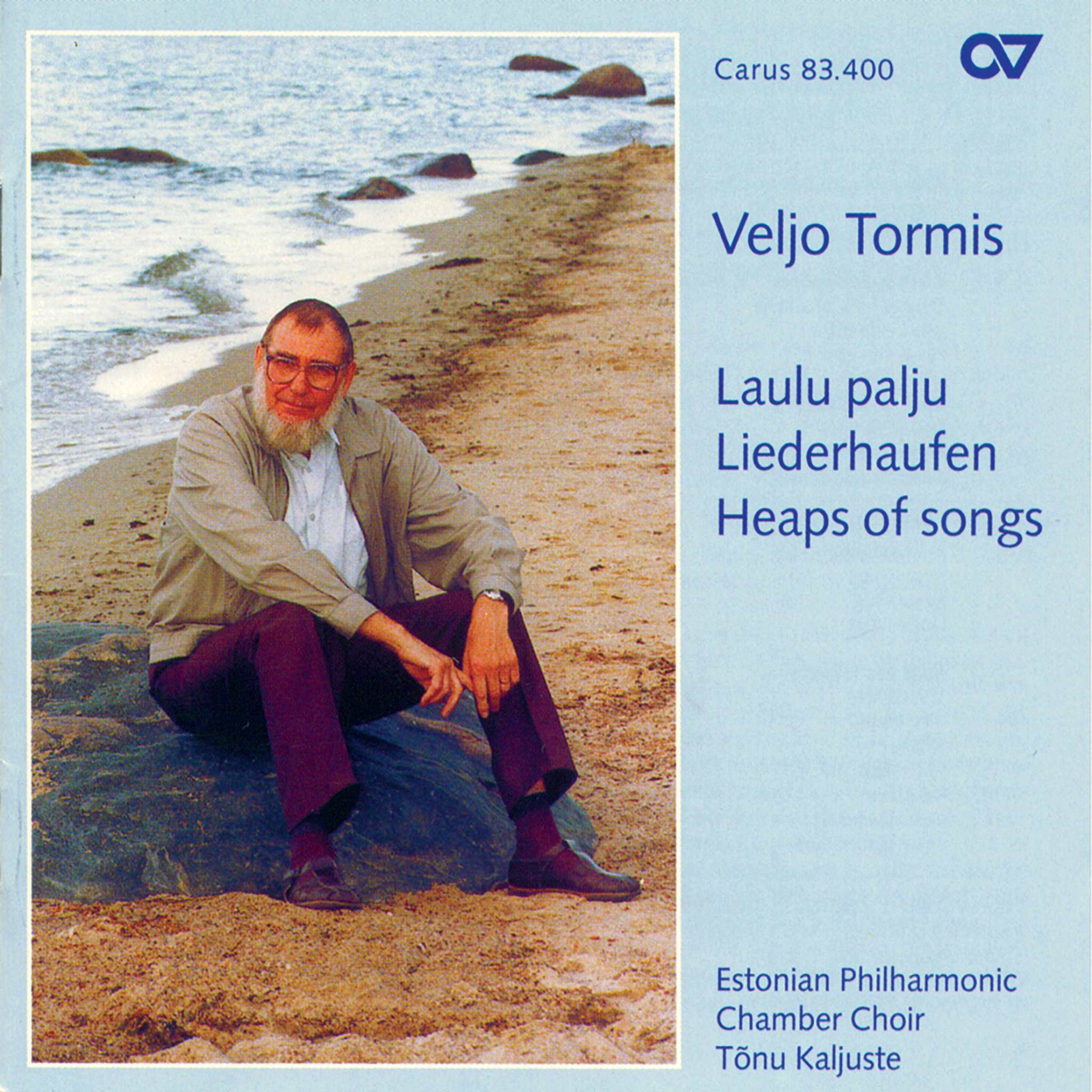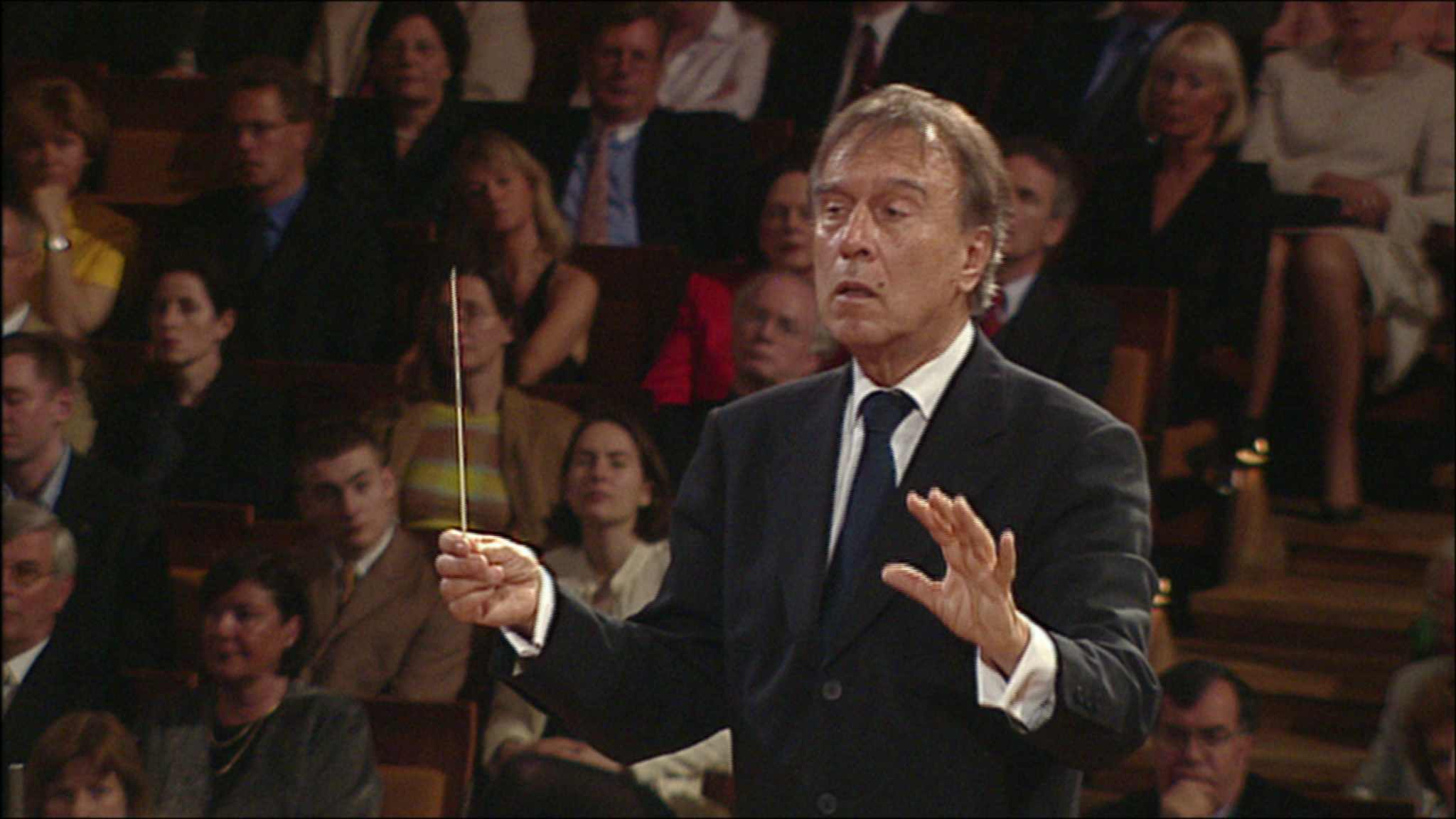Album insights
In his book on Rheinberger's organ works, Harvey Grace compares Rheinberger's twenty sonatas with Beethoven's thirty-two piano sonatas, viewing them as equally comprehensive and unique collections for a single instrument. He poses the question of whether there exist twenty Beethoven sonatas superior to Rheinberger's. While this argument may not seem particularly helpful, perhaps it signals a need for a reassessment of this highly prolific yet conservative composer. The gradual perception of the organ's traditional sounds as outdated has marginalized a group of composers, including Reger, Vierne, Widor, and Rheinberger, who are now primarily seen as organ composers appealing only to organists. However, during his lifetime, Rheinberger was far more than just an organ composer. He was a sought-after composition teacher, esteemed conductor, and his works were performed widely across Continental Europe and England, influencing Brahms's use of Passacaglia in the finale of his Fourth Symphony.
Although Rheinberger's organ sonatas are undoubtedly significant, there exists a substantial collection of chamber works showcasing his remarkable melodic talent and mastery of musical form, far removed from the stereotypical image of the organ in the attic. The spirited first and last movements of the String Quintet in A minor, Op. 82, as well as all recordings on this CD, vividly illustrate a successful blend of classical structural balance, contrapuntal skill, and the expressive world of early Romanticism - hallmarks of Rheinberger's style. This synthesis is most pronounced in the exceptionally beautiful Theme with Variations for String Quartet, Op. 93. (By the way, the Passacaglia theme bears more than a fleeting resemblance to the Beatles song "All my loving".)
Joseph Rheinberger, born on March 17, 1839, at the court of the Prince of Liechtenstein, where his father served as treasurer, displayed early musical talent under the guidance of local teacher Sebastian Pöhli. At the age of seven, he became the church organist at the Florianskirche in Vaduz. Recognized as a prodigy, he finally persuaded his father to send him to study in Munich at the age of fourteen. Throughout his years at the conservatory, under the tutelage of esteemed teachers, he excelled in piano, organ, and music theory. As one of his era's leading figures in counterpoint and organ performance, he sustained himself by teaching piano, playing organ in Munich churches, and privately studying under Franz Lachner, an influential Munich musician who had known Beethoven in Vienna. Rheinberger delved into composition at an early age, presenting a Mass for three voices and organ in Vaduz around his eighth birthday, and later creating numerous works during his Munich tenure, including symphonies and operas. However, he was highly critical of his youthful creations, with his first acknowledged work being a set of four piano pieces published in 1859.
In 1859, Rheinberger joined the conservatory faculty, initially as a piano teacher, transitioning later to theoretical instruction. His most influential position as a professor of composition, appointed in 1867 upon Hans von Bülow's recommendation, showcased his versatility as a musician. He also served as the organist at the Michaelskirche, conductor of the Munich Choral Society (notably performing Handel's oratorios), and rehearsal pianist at the Royal Opera. Witnessing the premiere of Wagner's "Tristan and Isolde" at the opera, theater wasn't Rheinberger's ideal domain. Nevertheless, he found early success with his stage music for Calderón's "El magico prodigioso" and composed two mature operas, "Die sieben Raben" and "Türmers Töchterlein". His substantial body of work includes thirteen masses, numerous smaller church pieces, songs, four piano sonatas, chamber works, in addition to the twenty sonatas and various shorter organ compositions for which he is mainly remembered today.
Rheinberger's enduring impact primarily stems from his teaching. Dismissive of the high modernism of Liszt and Wagner, his style remained untouched, yet he imparted a sense of clarity and balance to his students, including Humperdinck, Wolf-Ferrari, and Wilhelm Furtwängler. While emphasizing naturalness in musical expression, form, and articulation, he urged his pupils not to let his own preferences hinder their exploration of new avenues. Furtwängler encapsulated Rheinberger's artistic philosophy as prioritizing the naturalness of musical performance and expression. Despite receiving numerous accolades and honors later in life, he grappled with depression due to declining health and a sense of his music falling out of fashion. Before his passing in November 1901, he wrote: "One dies quickly now; many have been long dead and don't even realize it."
Organ, Violin, and Cello Suite, Op. 149
The evolution of the symphony in the late 18th century marked the decline of the Baroque suite, but this music form resurfaced in the mid-19th century as a way to amalgamate various character pieces. Inspired by his teacher Franz Lachner's eight orchestral suites, Rheinberger structured several of his organ sonatas in closer alignment with the suite concept rather than the late 19th-century sonata.
The Suite, Op. 149, commences with an elaborate sonata-form movement launched in lively spirits, with the violin's octave leap echoed by the cello, engaging in a thematic dialogue while the organ plays a modest yet significant role. Transitioning seamlessly from one idea to the next, the section concludes with a three-note cadential figure played unison by the strings. Moving into the distant key area of G major, the composition delves into a more lyrical motif. Noteworthy for its clear and profound development in the exposition section, devoid of any perceived dryness that Rheinberger is sometimes criticized for, the music exudes tremendous vigor and enthusiasm. Shifting to G minor, the violin and organ's duet in thirds and sixths initiates a protracted preparation for revisiting initial themes, which are presented in new sequences, now in C major. Following a passionate climax and a gentle recall of the opening motif, the music gradually slows towards a tranquil conclusion.
The second movement, a thema with seven variations, illustrates Rheinberger's masterful command of musical form. Introduced by the organ, a theme full of emotion and longing, echoed by the strings in a whole-tone lower octave, evokes a strikingly Schubertian flair. Subsequently, the organ plays a four-bar coda that undergoes manifold interpretations throughout the variations. Notably, the variations progress harmonically, evolving into a series of brief character pieces. Threads of the fifth and sixth variations intertwine akin to a mini development section, with the violin weaving a passionate melody over a pizzicato cello line. After a robust climax, the music modulates to E flat major, building tension swiftly for a return to the home key of G major in the longest seventh variation. Brief cadenza-like phrases prelude a serene culmination of this remarkable movement.
The Sarabande adheres to a straightforward A–B–A form in C minor, introducing a contrasting trio segment in A flat. The finale showcases the full potential of the organ, where the composition turns extroverted and virtuosic with elaborate runs, culminating in a triumphant ending to a genuinely ingenious original work: a rare chamber piece for a seldom-explored instrumental combination.
Six Pieces for Violin and Organ, Op. 150
The variations comprising the initial pieces of the Six Stücke are possibly even more extensive and improvisational than those in the Suite, Op. 149. The theme, styled akin to Sarabandes, features a dramatically punctuated cadence in the twelfth bar, interpreted diversely throughout the piece. While the first variation initially traces the harmonic outline of the theme, the violin’s melody soon diverges on its unique path. The second variation reveals an intriguing structure alteration: the violin plays on its lowest string while the organ accompanies above. The third variation, reminiscent of a Capriccio, showcases continuous sixteenth notes for the violin with chordal organ accompaniment. Lastly, the fourth variation resembles a miniature violin concerto, complete with a calm cadenza leading to a quiet resolution in a major key.
The remaining pieces adhere to more traditional structures familiar from his monologues and character pieces for solo organ. Rheinberger's "Abendlied," "Pastorale," and "Elegie" all exhibit his ability to craft long, expressive melodies, with him arranging them for cello due to his high regard for these works. Even in the simple song form of a piece like "Abendlied," he disrupts expectations by interrupting the reprise with fresh material. The third movement, a Gigue, exudes a certain robust and rustic quality. The Adagio from the sixth piece melds the punctuated rhythms of the French Overture with the rhetorical embellishments of a 19th-century virtuoso. Transitioning into an energetic Fugato that effortlessly shifts between contrasting lyrical passages, the initial punctuated style reemerges at the conclusion, magnificently and dramatically rounding off the piece.
Stephen Westrop © 1996
Translation: Anke Vogelhuber









